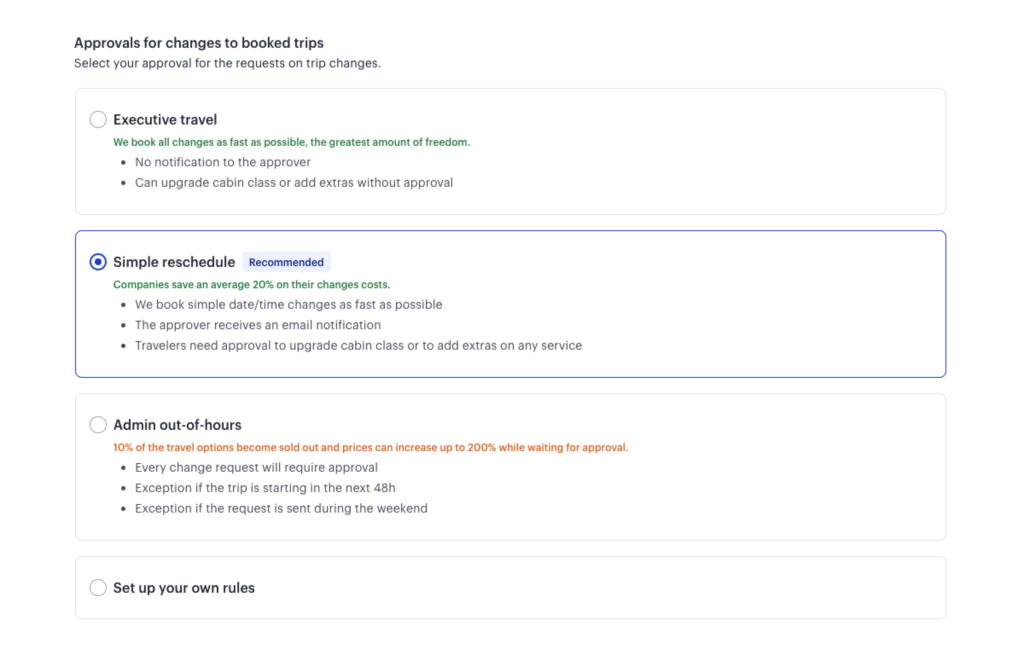
 The current investigation paper, “Long-operate Developments in Prolonged-maturity Genuine Charges 1311-2021,” from economists Kenneth S. Rogoff, Barbara Rossi and Paul Schmelzing shares a intriguing observation: Over the very last seven hundreds of years, extended-time period fascination charges have trended down at a gradual, continuous, rate.
The current investigation paper, “Long-operate Developments in Prolonged-maturity Genuine Charges 1311-2021,” from economists Kenneth S. Rogoff, Barbara Rossi and Paul Schmelzing shares a intriguing observation: Over the very last seven hundreds of years, extended-time period fascination charges have trended down at a gradual, continuous, rate.
The analysis presents economists and coverage makers with new views and insights. But it should really also lead to some personal buyers and smaller organization owners to rethink their retirement ideas.
So I want to summarize the exploration, place out a pair of connections to retirement organizing, and make 3 ideas.
But let us get started with a swift evaluation of the study.
Lengthy-run Traits in Very long-expression Genuine Interest Costs
The investigate from Rogoff, Rossi and Schmelzing claims that above the truly long haul, extensive-expression, serious fascination charges trend down at a continual .00016 percent every single 12 months.
In essence, a 1.6 percent reduction each and every century.
4 or five decades into the potential, if the craze carries on, long-phrase fascination premiums arrive at zero. Probably even go into detrimental territory. At the very least for each the pattern line.
Only two shocks even split the 700-year development. To start with, the bubonic plague pandemic in the 14th century in which possibly a quarter to a 50 % of the folks in Europe died. So, to put that into context, a scenario about one particular hundred to two hundred occasions worse than the COVID-19 pandemic.
And then the next shock? The massive sovereign borrower defaults in the late 16th century when three of the world’s major governments (France, Spain and the States Typical of the Netherlands) defaulted on their financial loans.
The economists do not describe why the extended-run trend occurs. Or why it appears so constant. They do say the facts does not assist the noticeable or common explanations. Neither population nor output progress describe it, for case in point.
But regardless of the unanswered questions associated to this new facts? I believe I see at minimum two connections to our retirement setting up.
Earlier Returns Inadequate Predicter
A initially clear connection: The past may not be a great predicter of the foreseeable future.
If long-time period curiosity premiums on the safest “sovereign borrower” financial loans, which the paper largely appears at, steadily grind down? Gosh, that strongly indicates that the bonds several of us include things like in our portfolios will pay lessen and decreased desire charges above the coming a long time.
Even further, the steadily reducing extended-term fascination fees paid out by sovereign debtors suggests that stock sector and fairness investment returns could steadily grind down, far too.
The concept states that expense returns replicate the threat-absolutely free desire rate. Textbook formulation say the return on an expenditure really should equivalent the chance-no cost price furthermore a top quality for bearing threat.
Hence, the regrettable circumstance buyers encounter: Not only are returns now most likely reduced than in the earlier. Going ahead? They are likely continuing to steadily drop.
A tangential remark: The common monetary organizing resources FireCalc and cFIREsim glance at 150-yr-ish histories of inventory and bond returns. That appears really excellent as a sample sizing. But that may well also necessarily mean they explain an investing surroundings wherever returns have been probably one to two per cent previously mentioned what you or I ought to be expecting in coming many years.
Note: It seems to be to me, as I write this in the tumble of 2022, that the 10-12 months US Treasury bond rate is suitable on the lengthy-expression development line.
Half-Century and Century Datasets Much too Brief
A next much less-noticeable relationship: The steady 1.6 % decrease in long-expression fees each individual century displays up only since Paul Schmelzing assembled a incredibly significant dataset. The researchers place out that searching at 75 decades or 150 a long time? Not adequate to spot the pattern that appears the moment you glimpse at the significant facts.
And so this notion: Functioning with economical scheduling instruments (like FireCalc or cFIREsim) that forecast on the basis of a 150 decades or facts? Or, worse most likely, working with fiscal tools (like PortfolioCharts or Portfolio Visualizer) that forecast on the 50 a long time of info? That would seem like a poor plan to me if we’re attempting to evaluate protected withdrawal costs.
Don’t get me mistaken. I like these economic scheduling equipment. They offer wonderful insights.
But the smaller datasets they use? Yeah, likely people datasets aren’t huge more than enough to allow us see all the extraordinary economic shocks, so named tail situations or black swans, that impact a risk-free withdrawal charge system.
A further tangential comment: The Portfolio Visualizer also consists of a Monte Carlo simulation. And that device does give a way to fold tail functions and black swans into our setting up.
Actionable Insight #1: Staff Need to have to Conserve More
Ok, so three brief solutions as to what actionable insights buyers can it’s possible attract from this new data.
Initially an perception for folks nonetheless doing work and preserving: If you have implicitly or explicitly based your fiscal programs on previous returns? Probably you are not conserving enough. Or you’re preparing to retire far too early. Sorry.
You thus in all probability want to preserve additional, perform for a longer time, or a little little bit of each.
Two ideas to throw out at you for saving far more? First idea: You want to get as considerably remuneration as attainable for your worktime. Something you or I can do to bump our earnings a bit—like receive a new skill—makes a big variation. Perhaps all the variation necessary in actuality. We want to aim then not just on the financial money in our investment portfolios. We want to actively handle our human funds, way too. (A longer discussion of this topic in this article: Human Capitalists in the Twenty-1st Century.)
A 2nd concept for preserving extra: If we’re heading to get the job done a bit longer—and two or a few decades should be adequate to get again to plan—we want to do some thing pleasant. Or mostly fulfilling. A part with interesting troubles. A thing that keeps us socially engaged. Bodily active.
Actionable Perception #2: Retirees Must Continue to be Warn
A second insight for retirees: You should not overreact to a extended-operate downward craze in desire premiums and inventory sector returns. Lessen genuine returns in the upcoming does not mean your retirement prepare fails. Rather, I feel it implies the likelihood of failure is a very little greater than the preferred money preparing resources clearly show. Which you by now know.
So a minor further frugality if you’re planning on a actually long retirement? Probably investing less when the stock marketplace goes by means of a rough patch? That form of contemplating, to me, tends to make a ton of perception. Which yet again you currently know.
Actionable Perception #3: Little Enterprise Entrepreneurs Reconsider Timing
A closing thought for tiny small business proprietors: If you very own and work a modest enterprise that offers you a great revenue? Primarily a smaller organization that keeps you intellectually stimulated and constructively engaged with lifestyle?
I’m just going to say it. You may well want to hold off your exit from the business. Your smaller business might not only supply you with a superior profits. The equity in your small business may perhaps appreciably juice your expenditure portfolio returns.
Illustration: You’ve obtained a modest company that would make, say, $250,000 a 12 months. You could maybe promote the organization for $1,000,000. After taxes you’ll internet probably $800,000. And that appears rather great. But what will you make on the $800,000? Five percent? So $40,000 a calendar year?
You received to consider about no matter if you should really hold off the fall from $250,000 a 12 months to $40,000 a calendar year.
Associated Resources
Here’s a hyperlink to the “Long-run Traits in Long-maturity Actual Fees 1311-2021” research paper: click on right here to seize a copy you can examine and ponder.
We’ve talked before about getting a plan “B” for your retirement. This blog site submit may possibly be handy if you are now a minor bit perplexed: Retirement System B: Why You Require A person.
Last but not least, if you are fascinated in learning far more about Monte Carlo simulations by making your possess very simple simulation spreadsheet, peek at these two site posts: Inventory Current market Monte Carlo Simulation and Smaller Company Monte Carlo Simulation.







